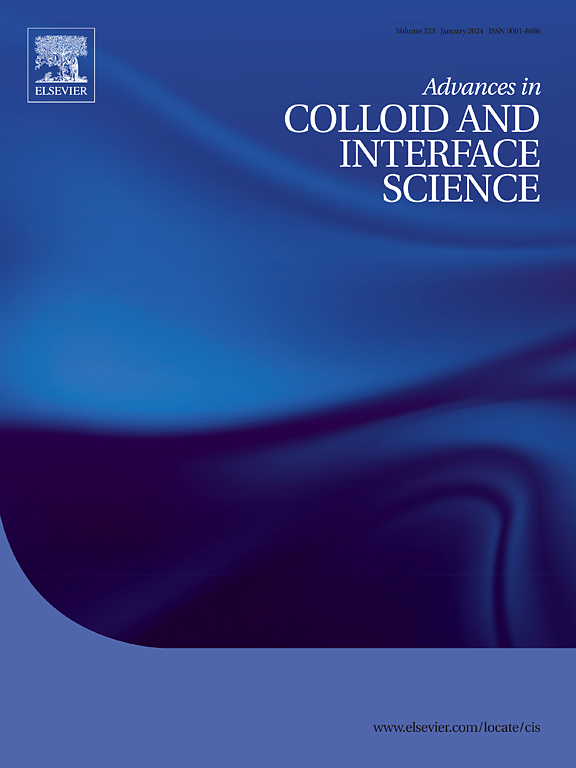Collagen-based hydrogel sol-gel phase transition mechanism and their applications
IF 15.9
1区 化学
Q1 CHEMISTRY, PHYSICAL
引用次数: 0
Abstract
Collagen-based hydrogels represent a crucial class of biomaterials for their desirable physicochemical and biochemical properties. The variation in ingredients, gelation conditions, and crosslinking techniques may impact the physicochemical and biological properties of collagen-based hydrogels. However, the specific effects of these parameters on the gelation mechanisms of novel hydrogels and the relationships between fabrication parameters and the resultant characteristics of these hydrogels remain elusive. This review discussed the sol-gel phase transition mechanisms of collagen-based hydrogels, emphasizing the impact of gelation conditions, crosslinking agents, and additional polymers. This article highlights the potential of natural ingredients and safe modification technologies as effective strategies to mitigate the harmful effects of synthetic toxic components in products. Furthermore, this review summarizes constitutive models of collagen hydrogels, which serve as valuable tools for designing and customizing hydrogels to meet specific application requirements by simulating their mechanical and rheological properties. Additionally, the article concludes by briefly introducing applications of novel collagen-based hydrogels with desirable functions and properties. This review further deals with the theoretical support for the rational design and customization of innovative hydrogels and inspires future collagen-based biomaterial development.

胶原基水凝胶溶胶-凝胶相变机理及其应用
胶原基水凝胶因其理想的物理化学和生物化学特性而成为一类重要的生物材料。成分、凝胶条件和交联技术的变化可能会影响胶原基水凝胶的物理化学和生物特性。然而,这些参数对新型水凝胶凝胶化机制的具体影响以及制备参数与这些水凝胶合成特性之间的关系仍然是难以捉摸的。本文讨论了胶原基水凝胶的溶胶-凝胶相变机理,强调了凝胶化条件、交联剂和附加聚合物的影响。本文强调了天然成分和安全改性技术作为减轻产品中合成有毒成分有害影响的有效策略的潜力。此外,本文综述了胶原蛋白水凝胶的本构模型,通过模拟其力学和流变特性,为设计和定制满足特定应用要求的水凝胶提供了有价值的工具。最后简要介绍了具有理想功能和性能的新型胶原基水凝胶的应用。本文进一步探讨了合理设计和定制创新水凝胶的理论支持,并为未来胶原基生物材料的发展提供了启发。
本文章由计算机程序翻译,如有差异,请以英文原文为准。
求助全文
约1分钟内获得全文
求助全文
来源期刊
CiteScore
28.50
自引率
2.60%
发文量
175
审稿时长
31 days
期刊介绍:
"Advances in Colloid and Interface Science" is an international journal that focuses on experimental and theoretical developments in interfacial and colloidal phenomena. The journal covers a wide range of disciplines including biology, chemistry, physics, and technology.
The journal accepts review articles on any topic within the scope of colloid and interface science. These articles should provide an in-depth analysis of the subject matter, offering a critical review of the current state of the field. The author's informed opinion on the topic should also be included. The manuscript should compare and contrast ideas found in the reviewed literature and address the limitations of these ideas.
Typically, the articles published in this journal are written by recognized experts in the field.

 求助内容:
求助内容: 应助结果提醒方式:
应助结果提醒方式:


